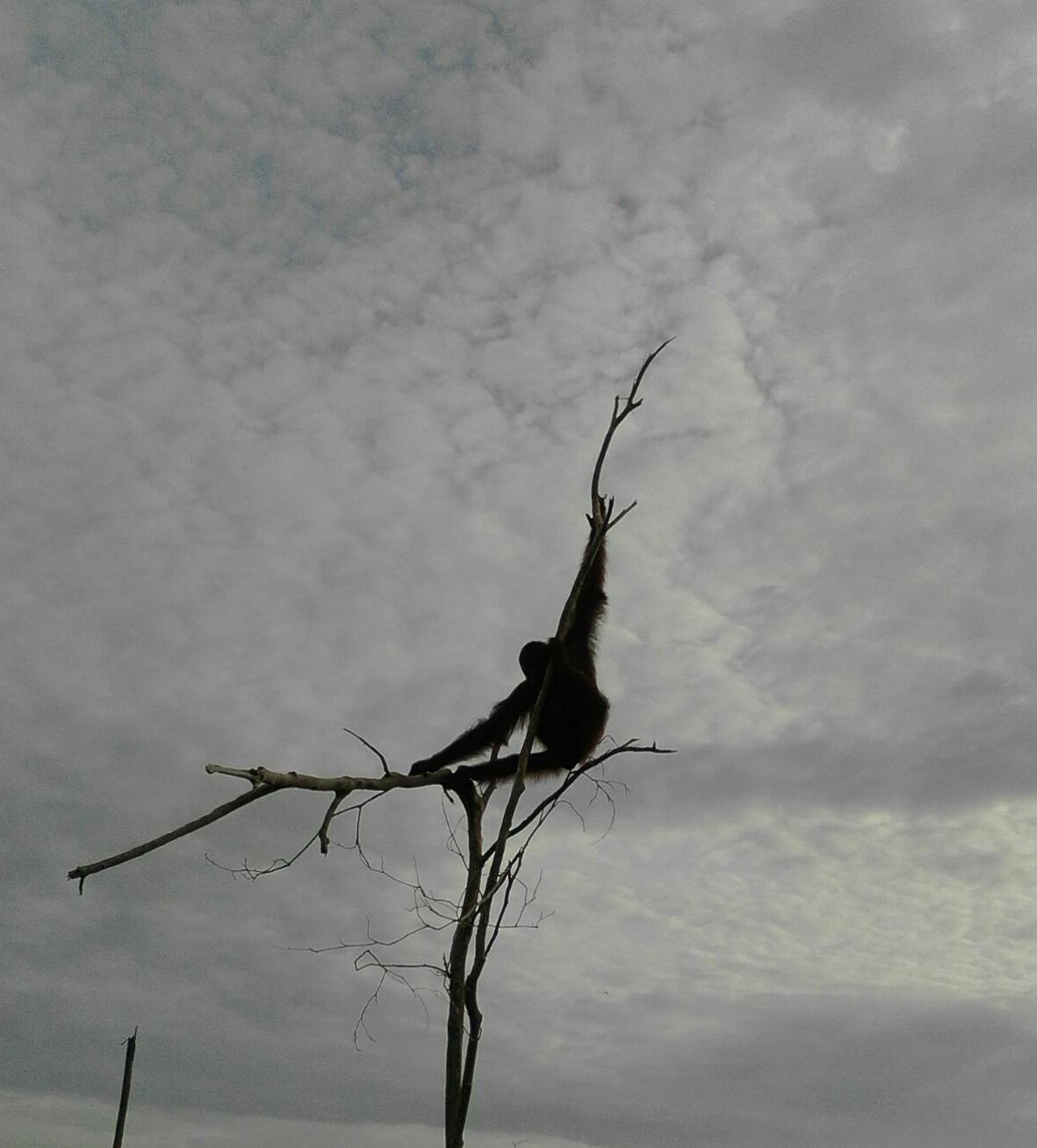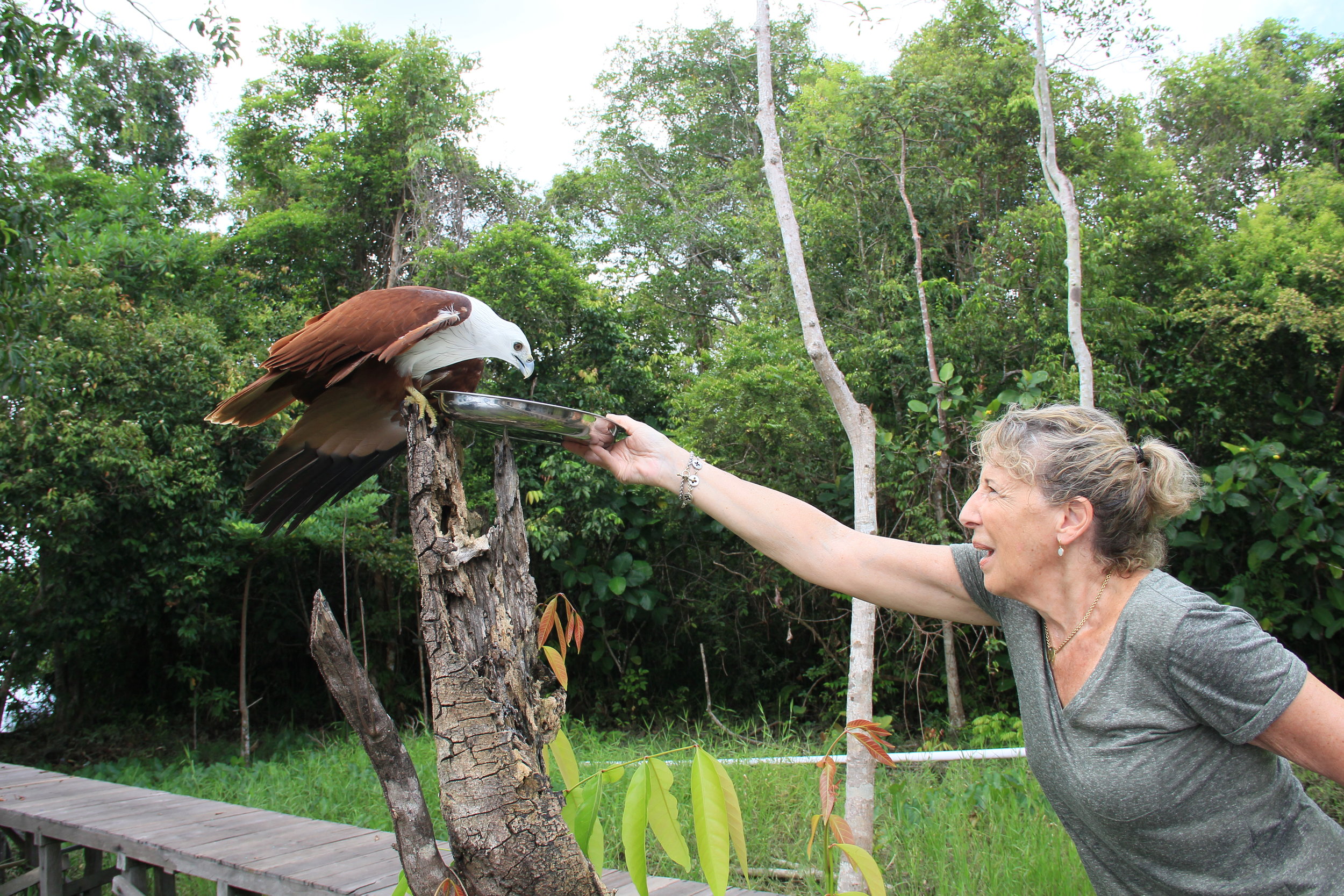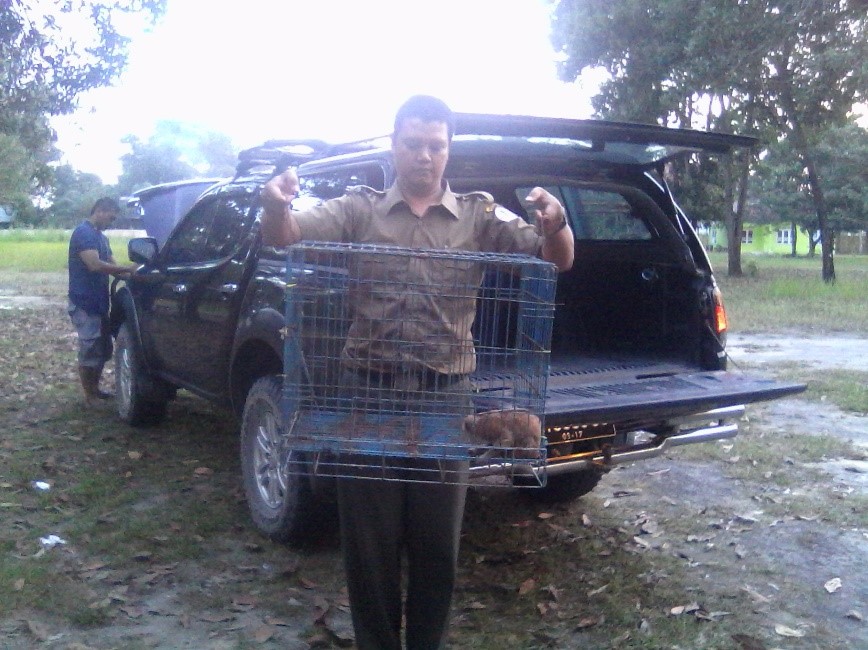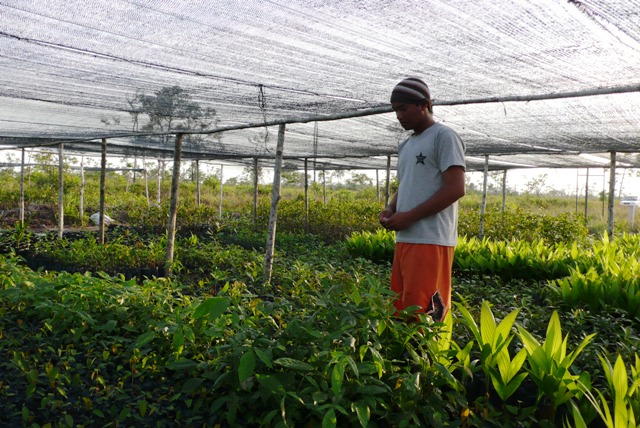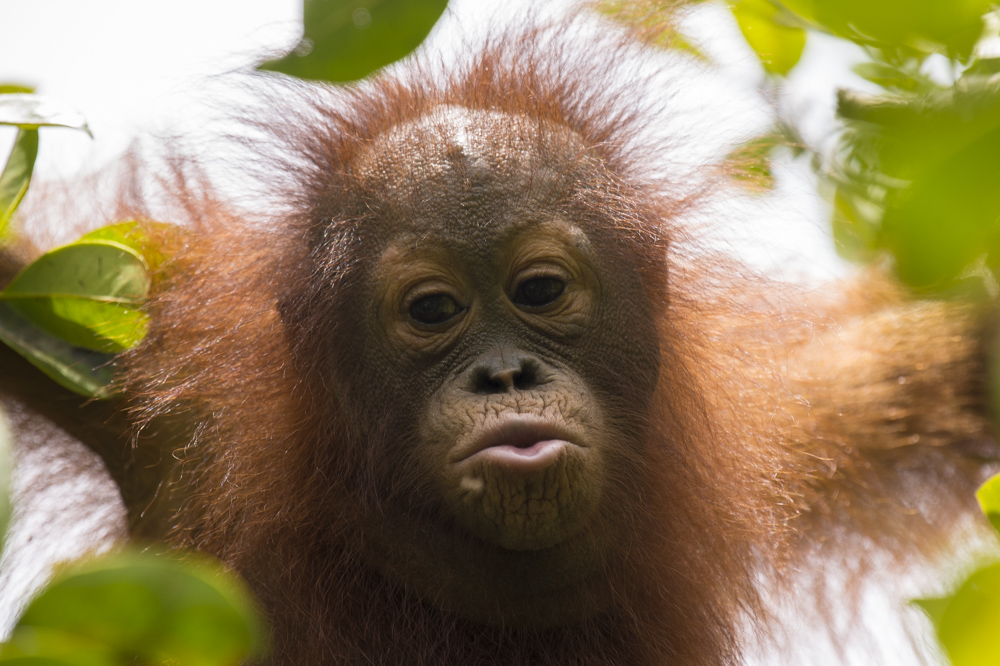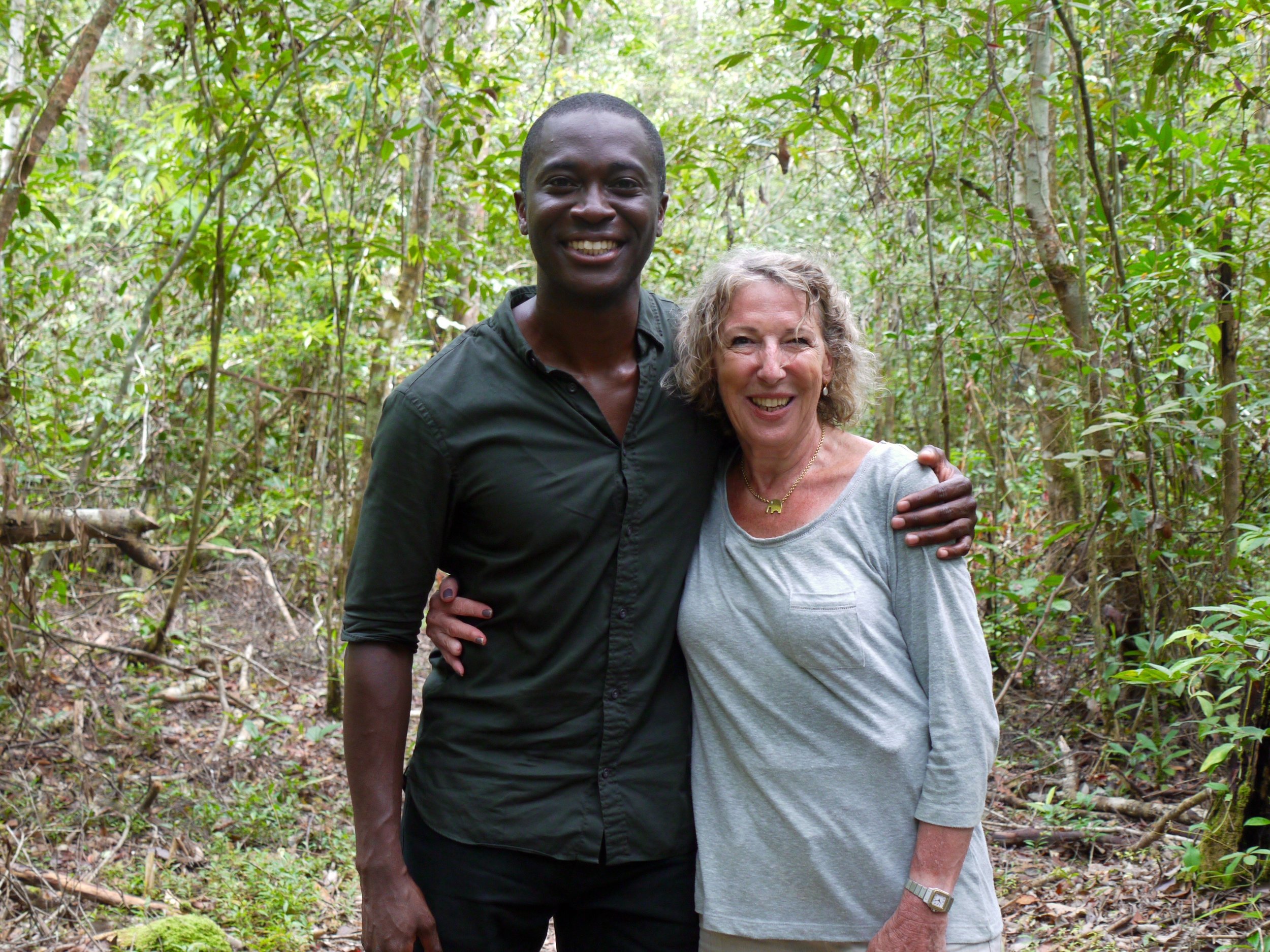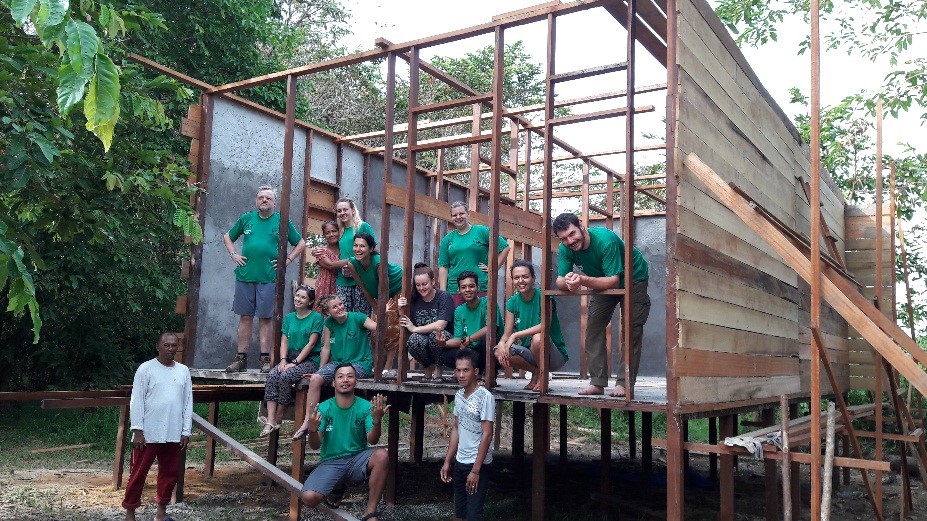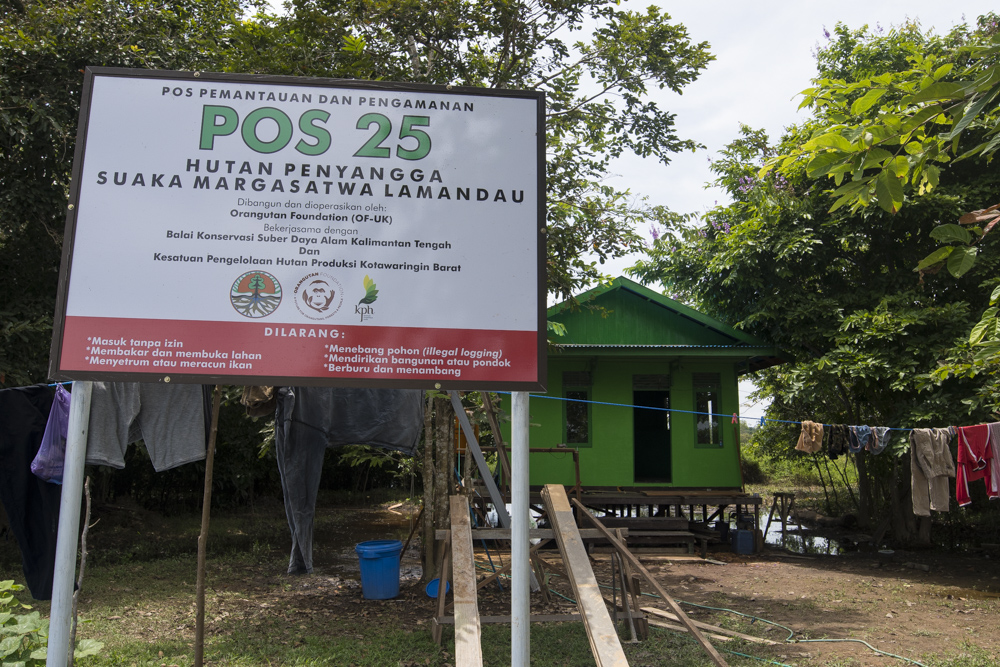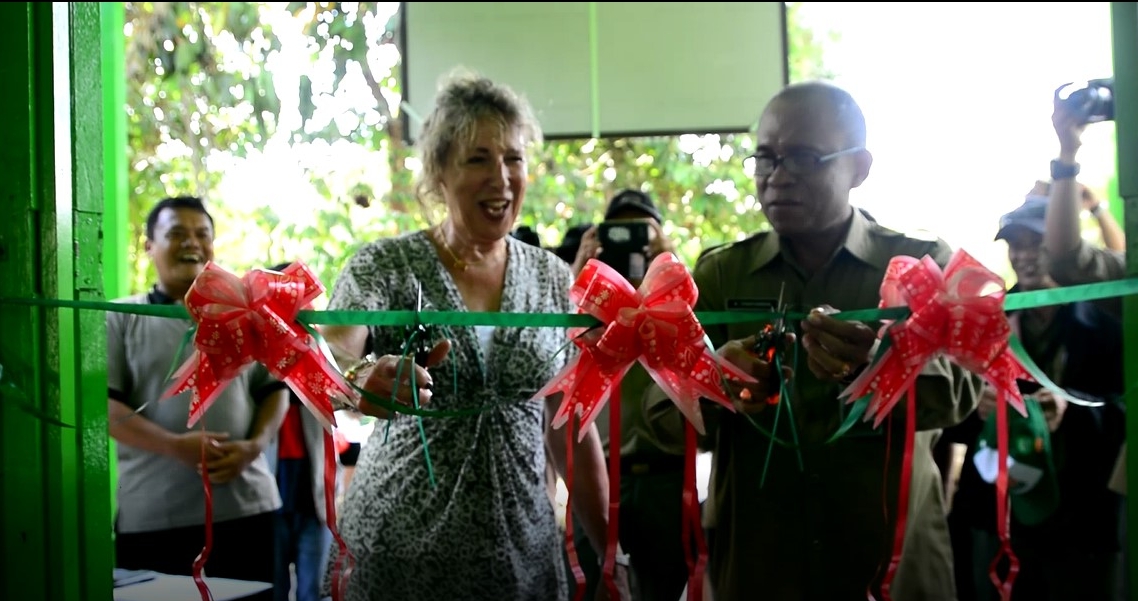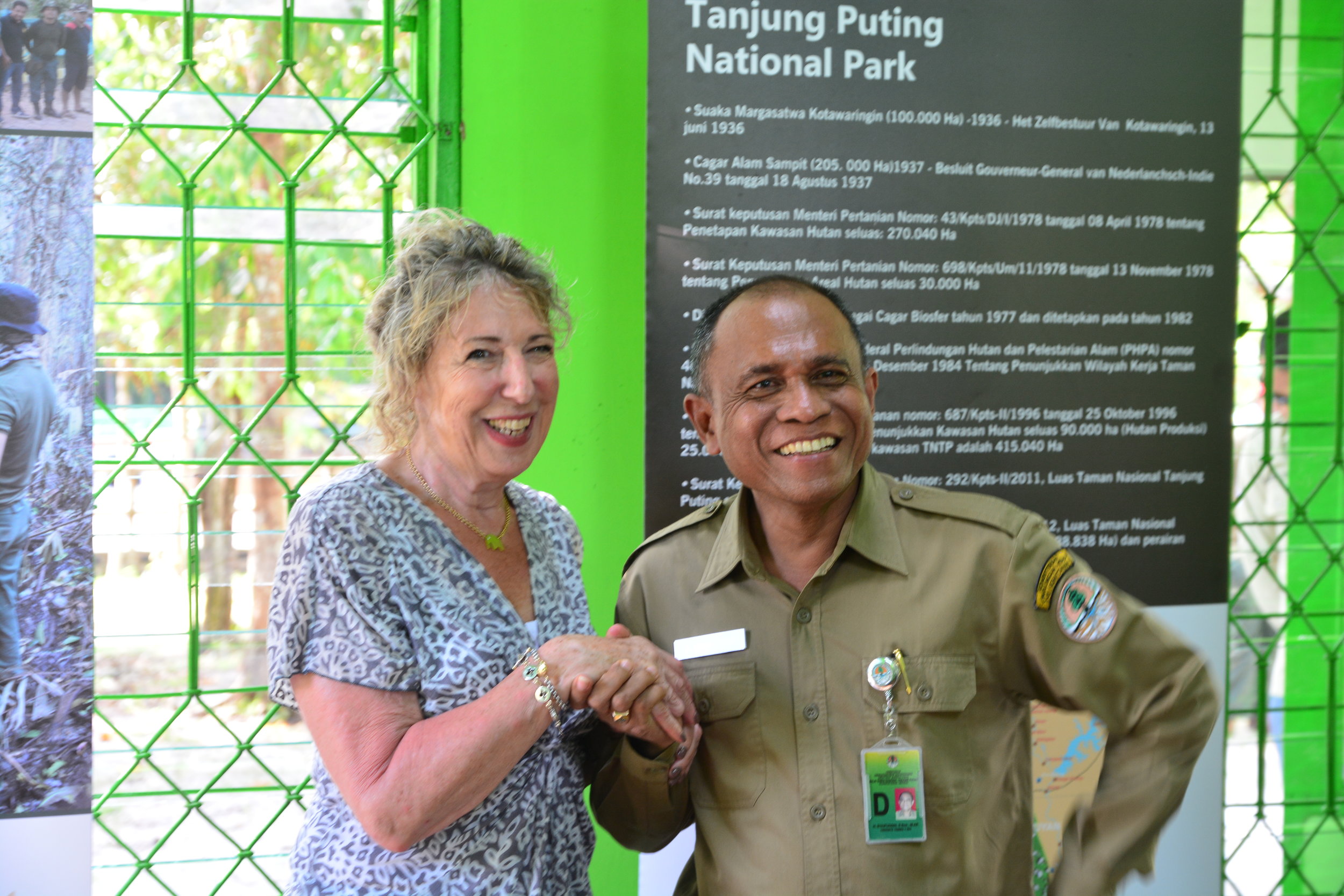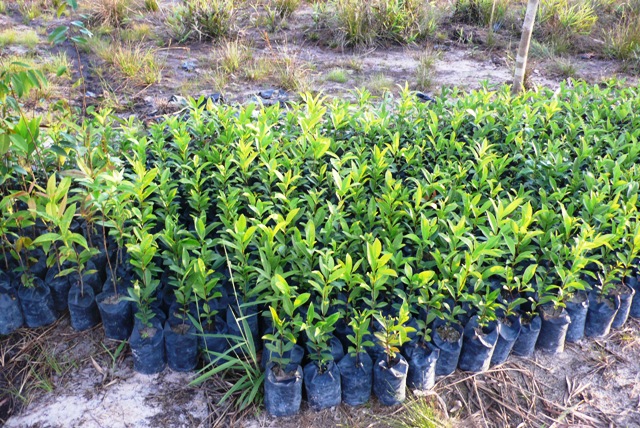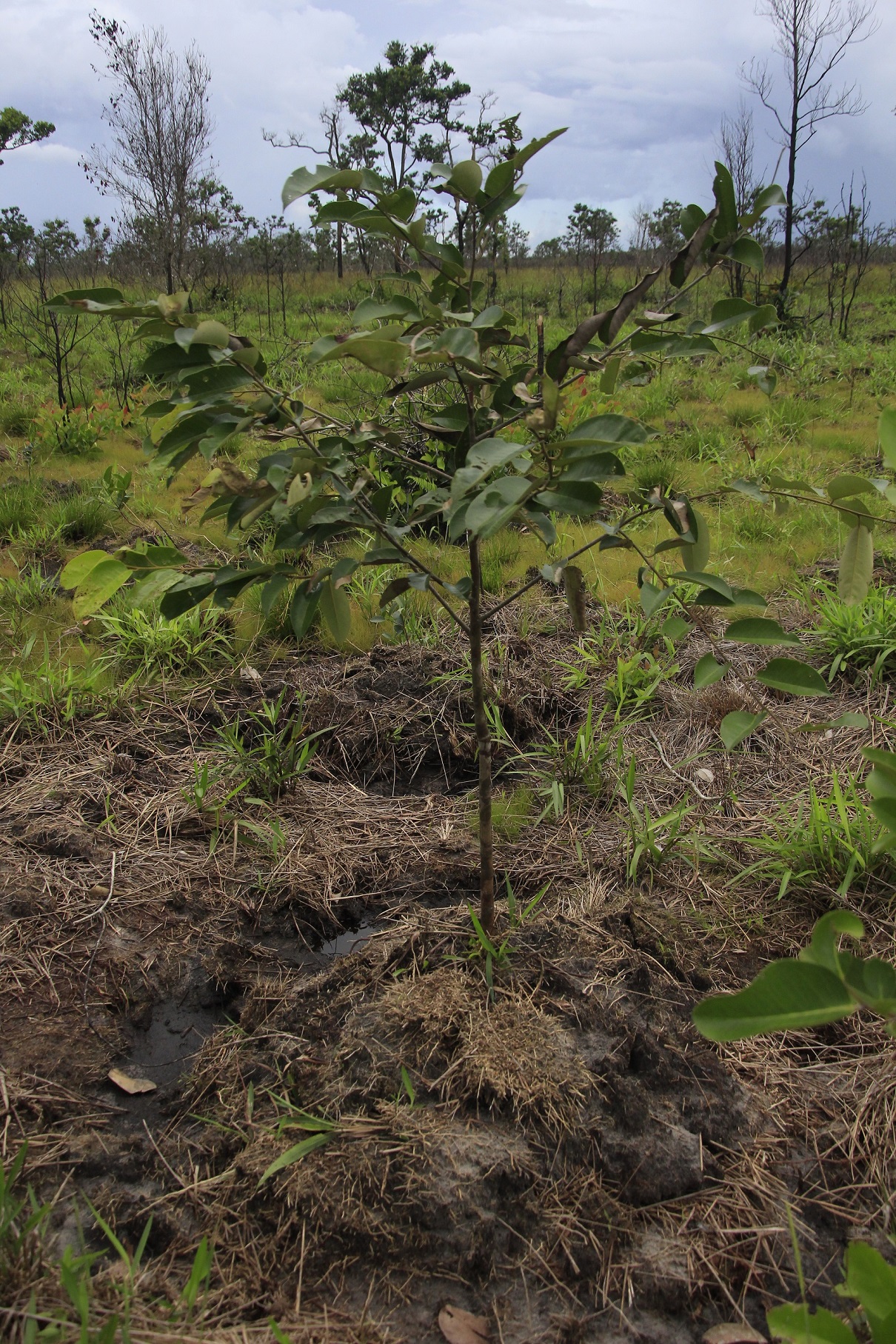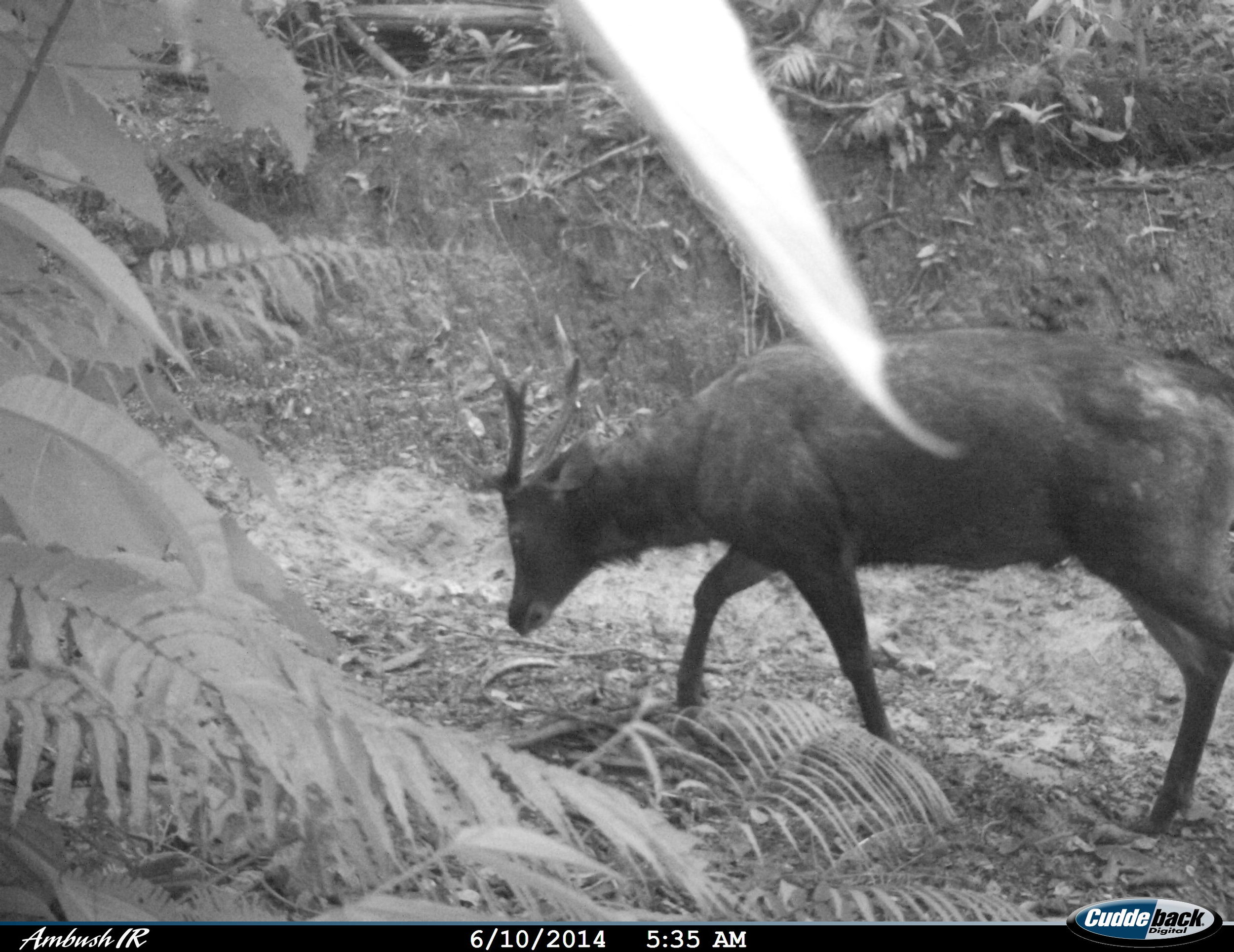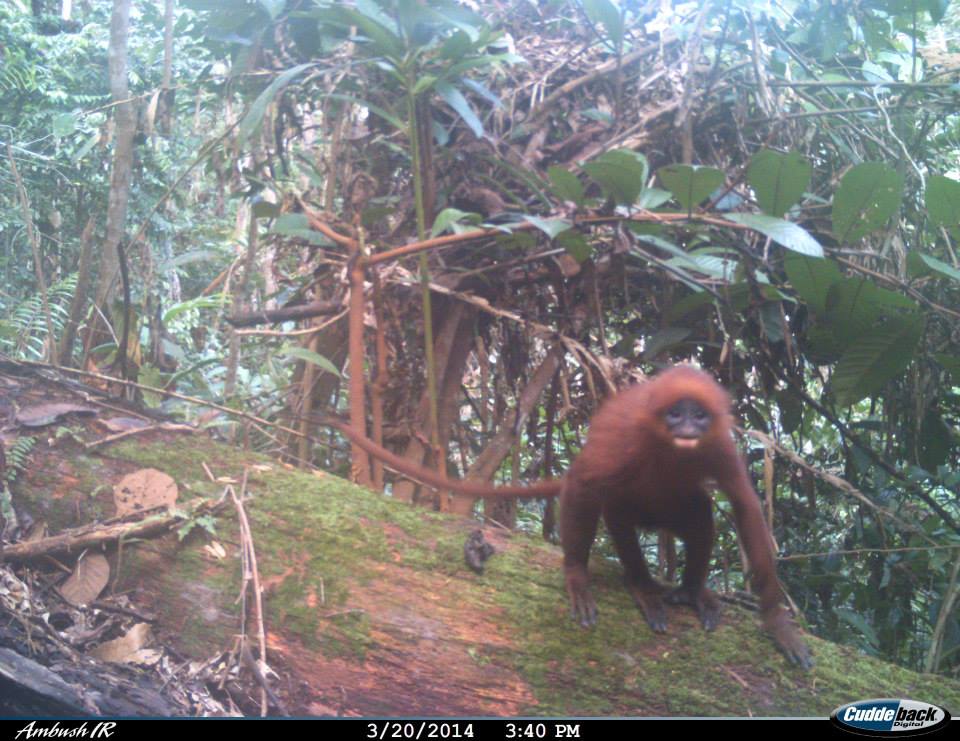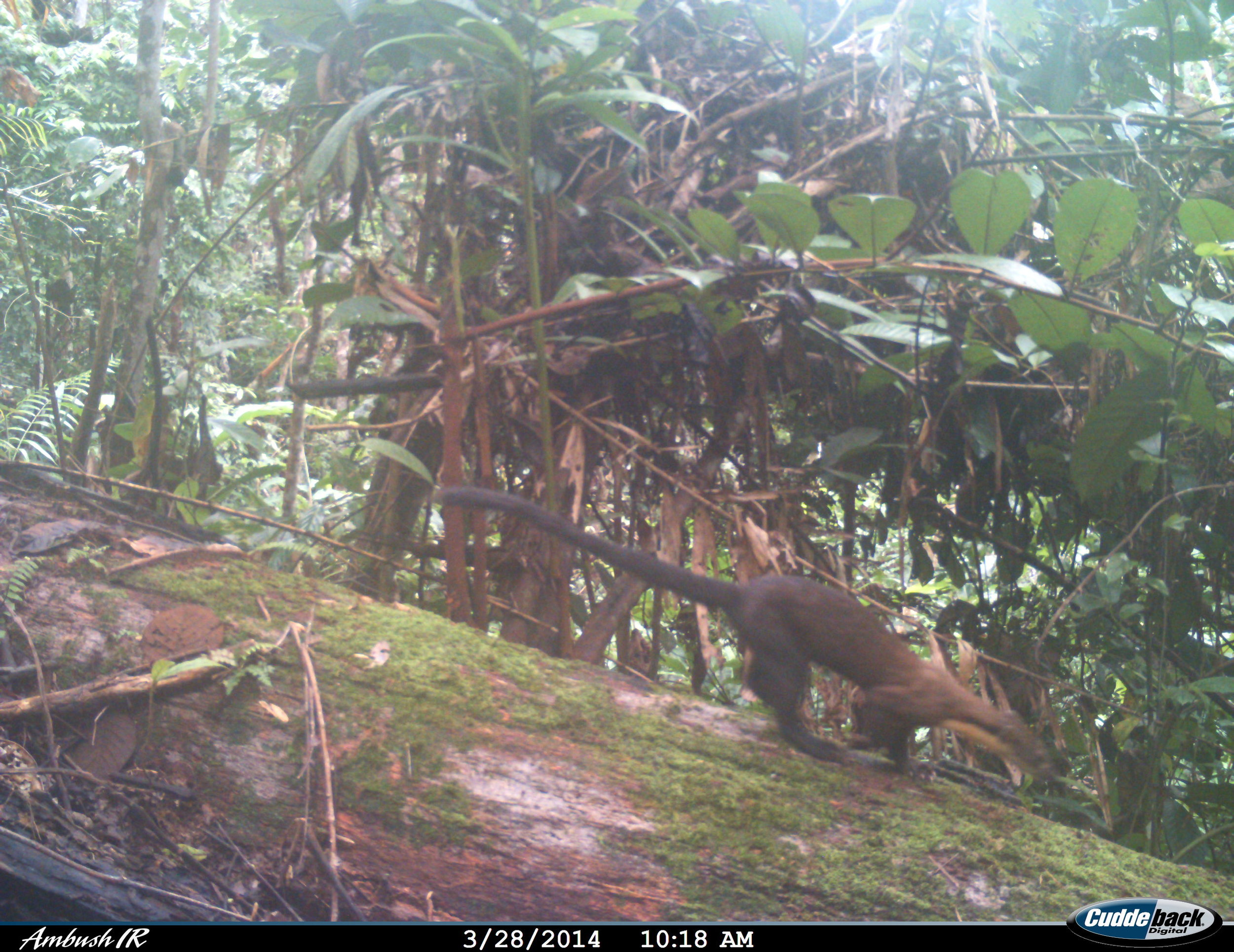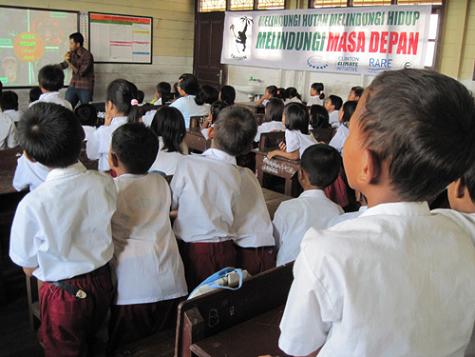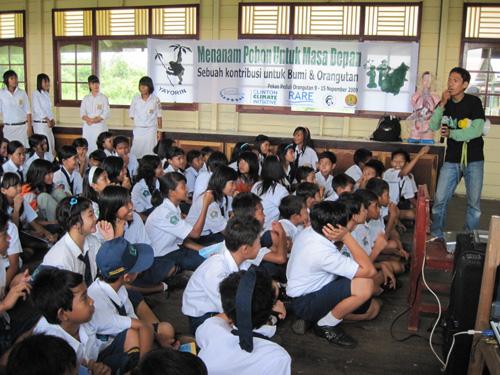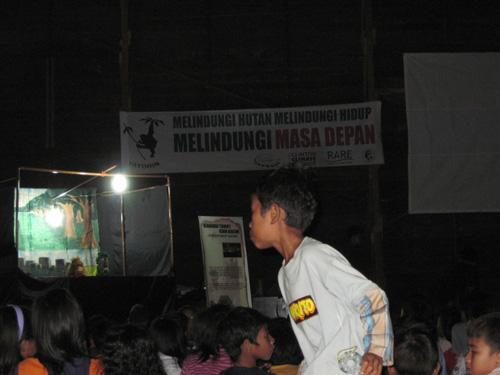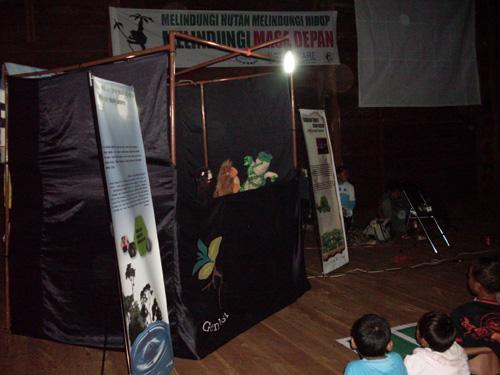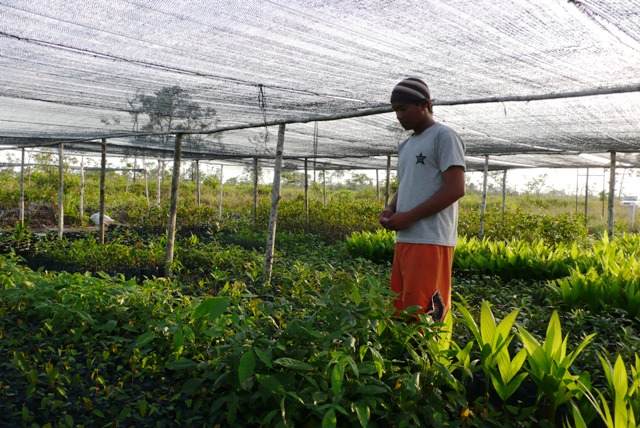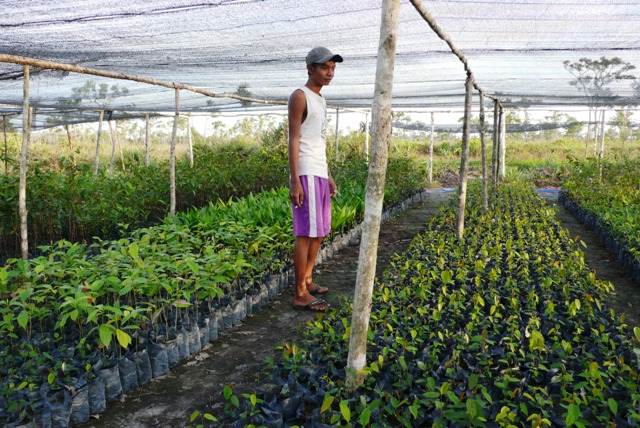The protection and restoration of tropical forest habitat remains at the core of ensuring a future for orangutans, not to mention the thousands of other species that rely on one of the planet’s most diverse ecosystems. Fortunately amidst the current climate, our guard post and habitat restoration staff are still hard at work.
By conducting regular patrols, guard posts can monitor and protect orangutan habitat.
Our guard posts continue to record wildlife sightings as they conduct routine patrols on the river and through the forests of the Lamandau Wildlife Reserve. This is an effective strategy to prevent illegal activities such as logging, mining and fishing from occurring within the reserve.
By planting new saplings around forest peripheries, we can restore orangutan habitat previously lost in forest fires. In particular from the large fires of 2015 which decimated vast areas of vegetation.
As well as protecting existing forest, restoring degraded areas of habitat is key to the survival of orangutans and to combat the effects of climate change. Last month from our plant nursery the habitat restoration team carefully chose 16,500 seedlings to be replanted in the Lamandau Wildlife Reserve. The selection process for every sapling is critical as there are a number of factors to take into account before they can be planted in the wild, and it can take many years for tree saplings to grow to a forest canopy level.
Firstly, our team ensure that each plant in the nursery is growing straight, has reached the minimum height, and has green and healthy leaves before they can be delicately transported to their planting site. It then takes time for each sapling to acclimatise to direct sunlight in the nursery. This adjustment will ensure that saplings have the best possible chance to mature into trees which one day could form part of the high forest canopy.
The nine different species chosen by our team are more fire-resistant and therefore have the best chance to regenerate forest that has been destroyed. Selecting the location for each species is also a crucial factor as the soil, water level and surrounding vegetation all influence how the saplings will develop. We will continue to monitor the progress of these saplings and hope that they can form part of the surrounding Lamandau Wildlife Reserve.
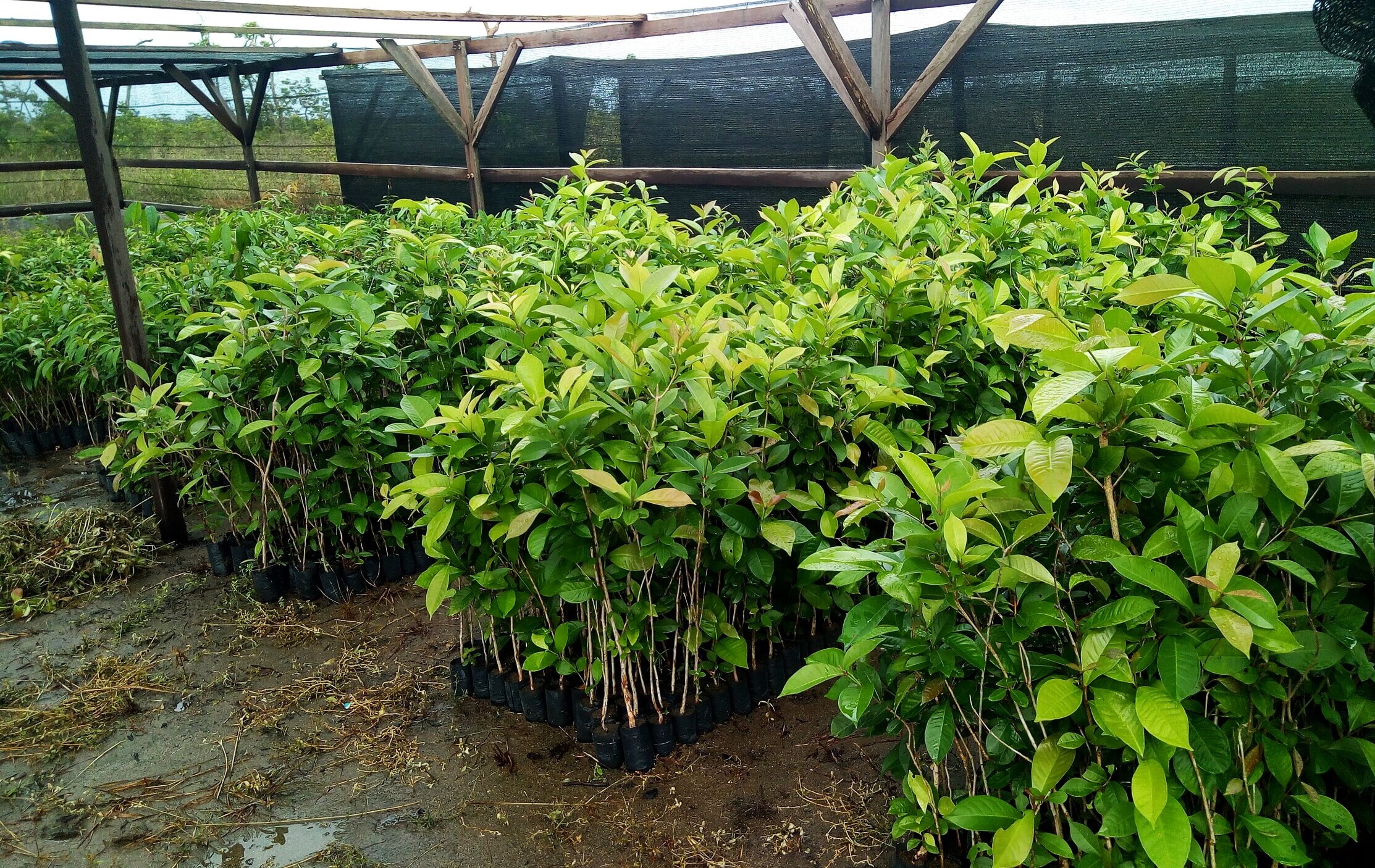
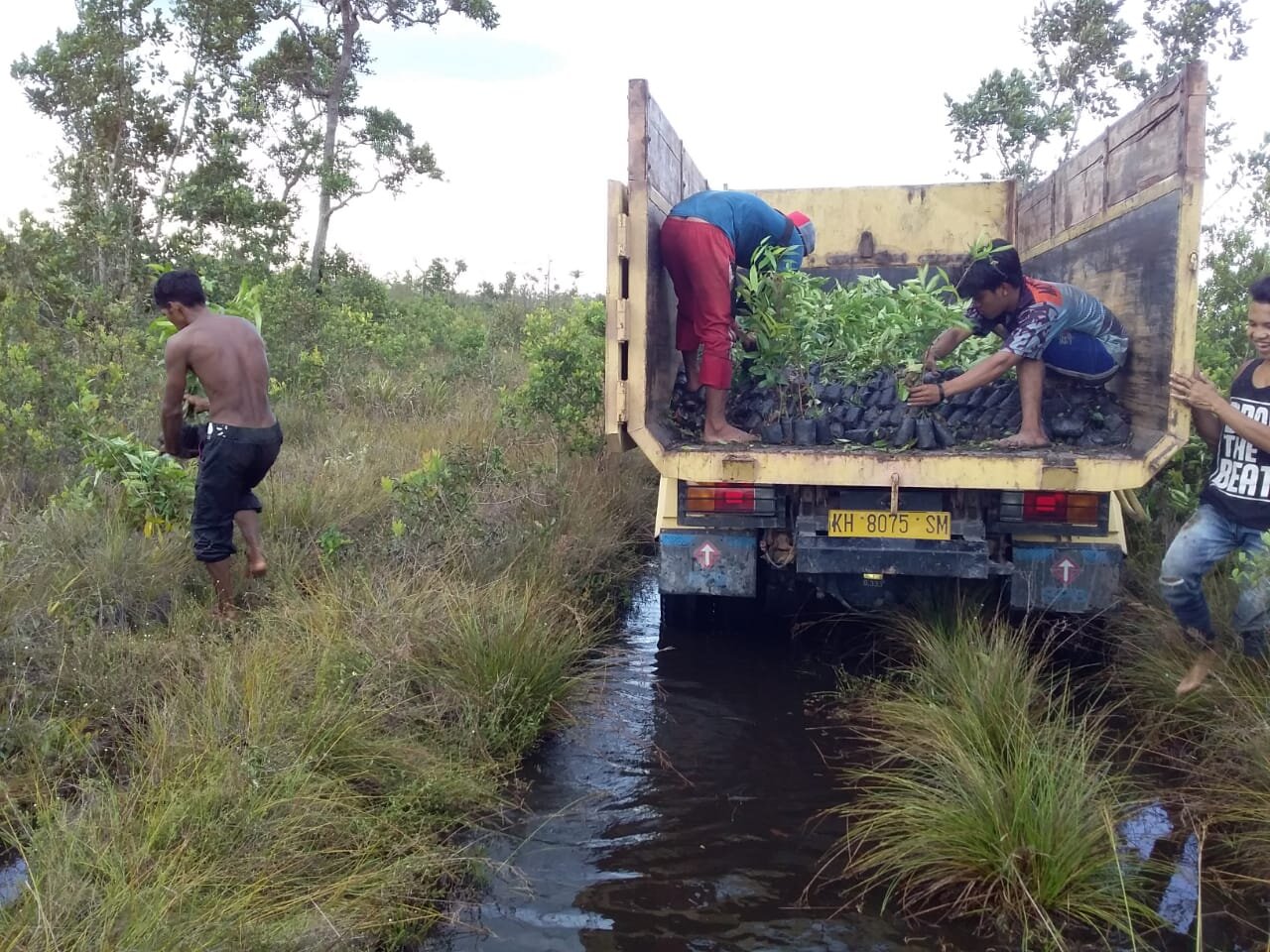
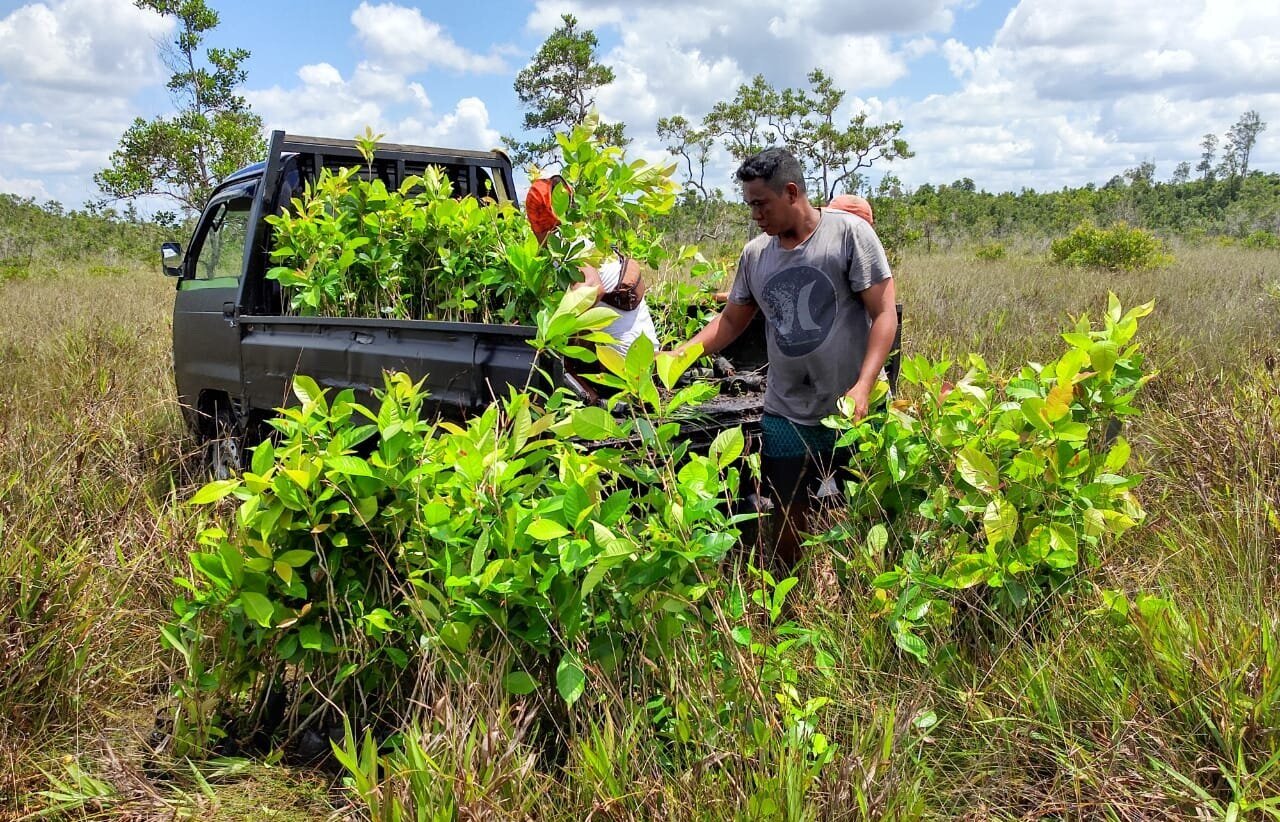
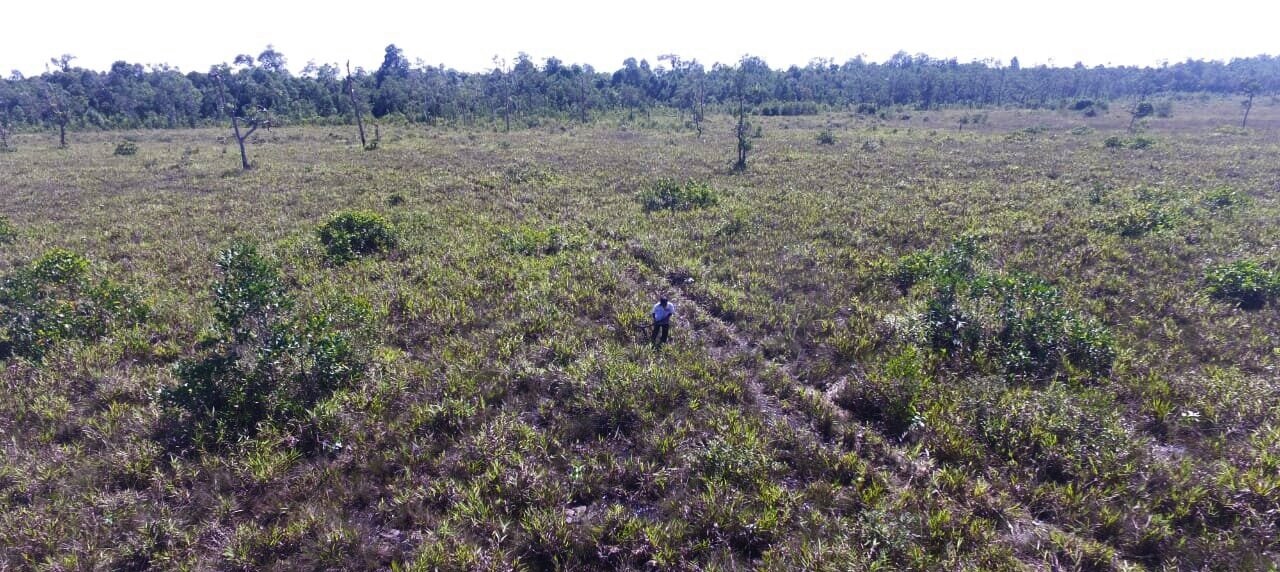
While activities in many parts of the world are currently at a standstill, we are proud that our staff in the field are largely able to persevere with our ongoing conservation programmes. You can help guarantee that these vital programmes continue by participating in a fundraising activity of your choice on Sunday 26th April through the 2.6 Challenge- an event you can complete at home to help UK charities.
Alternatively, you can support our work directly by sponsoring an acre of forest or purchasing an e-gift donation towards our programmes below.



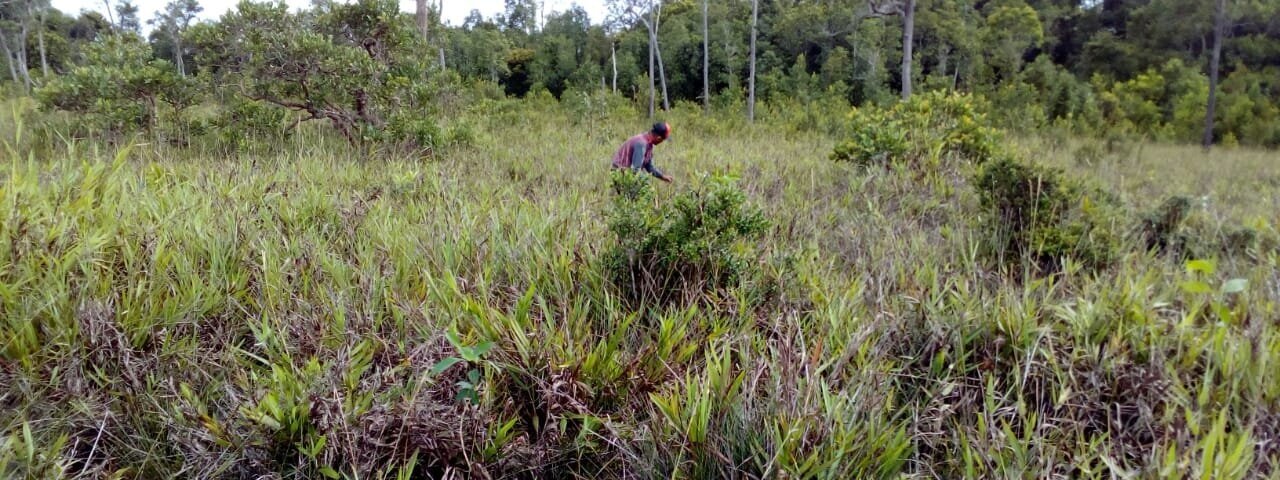







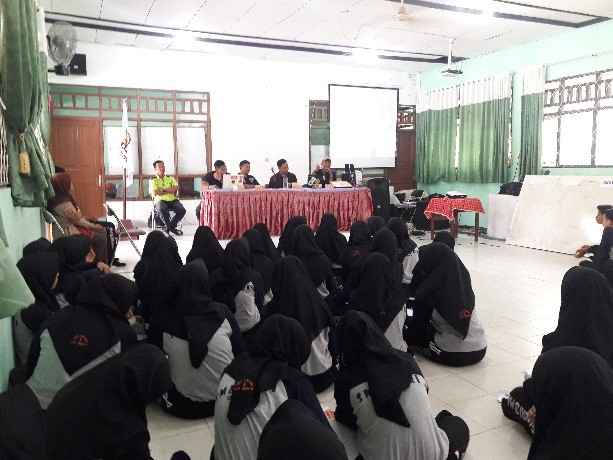
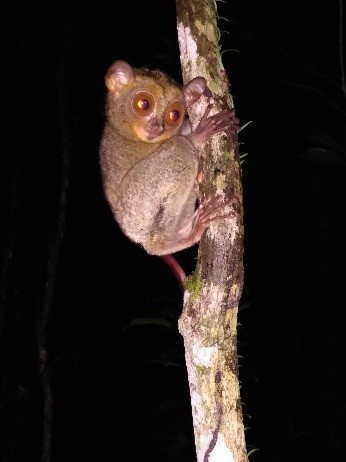
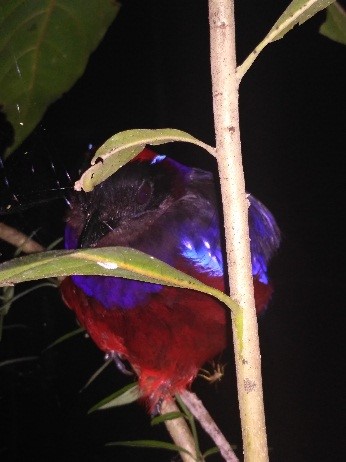

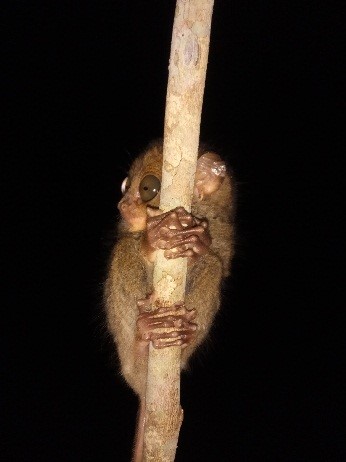
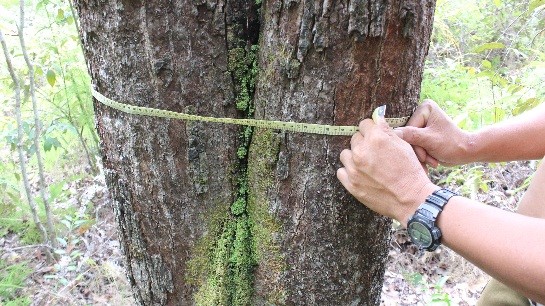
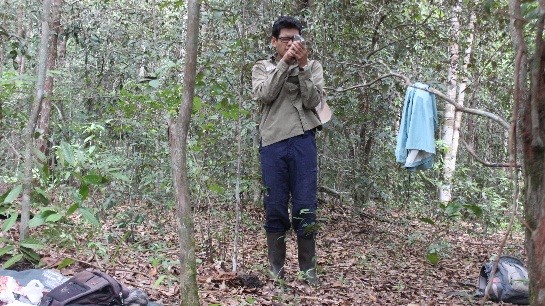
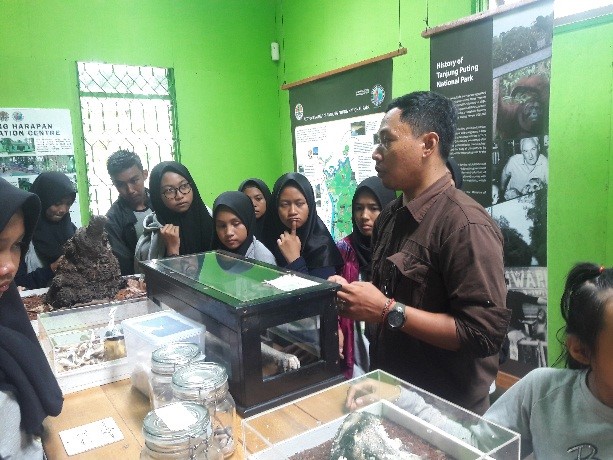
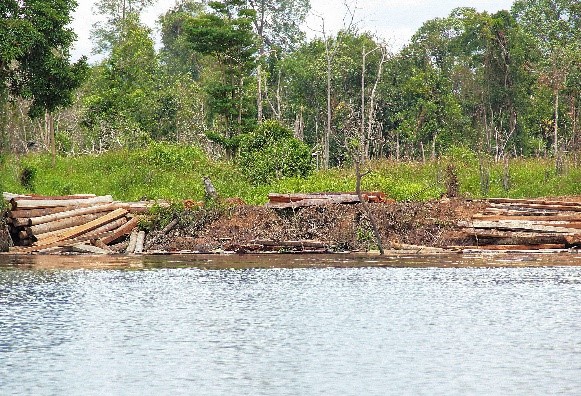
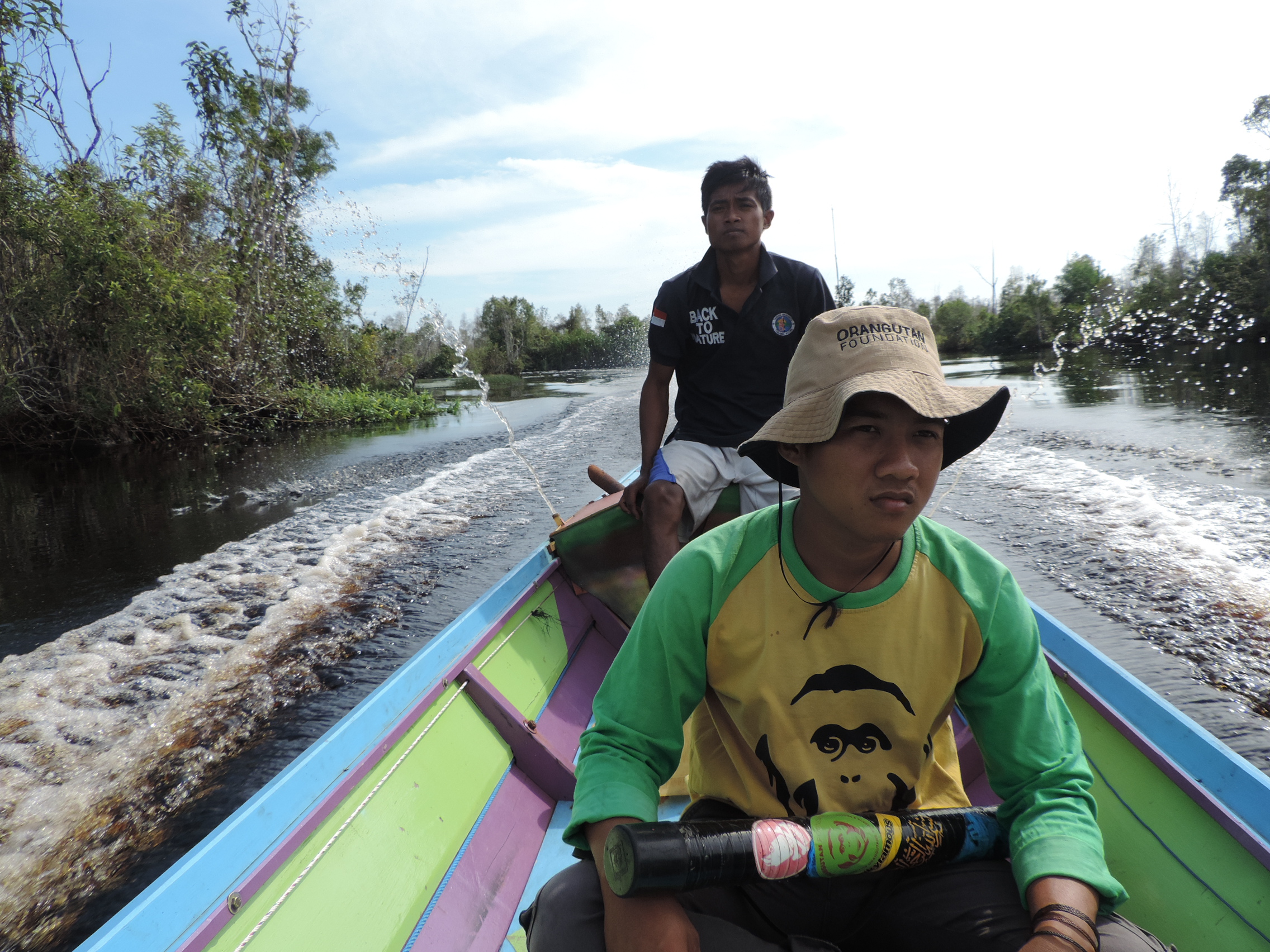

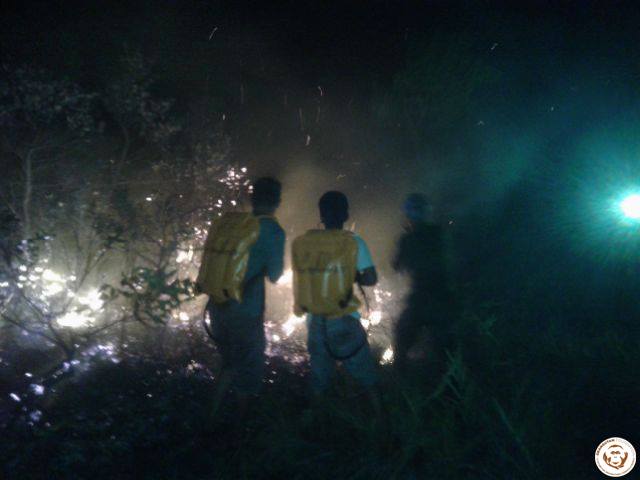


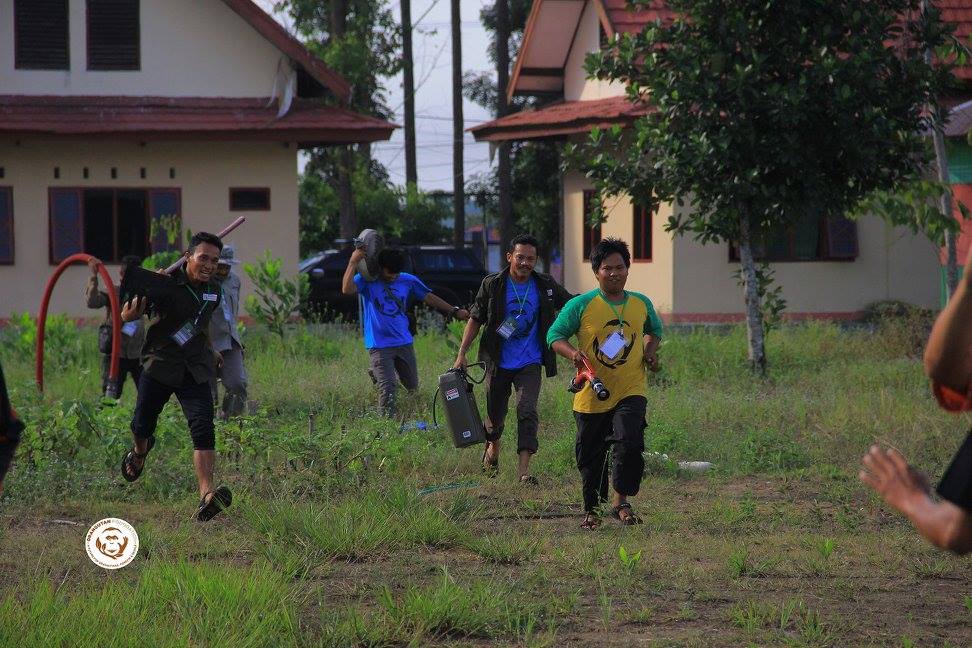
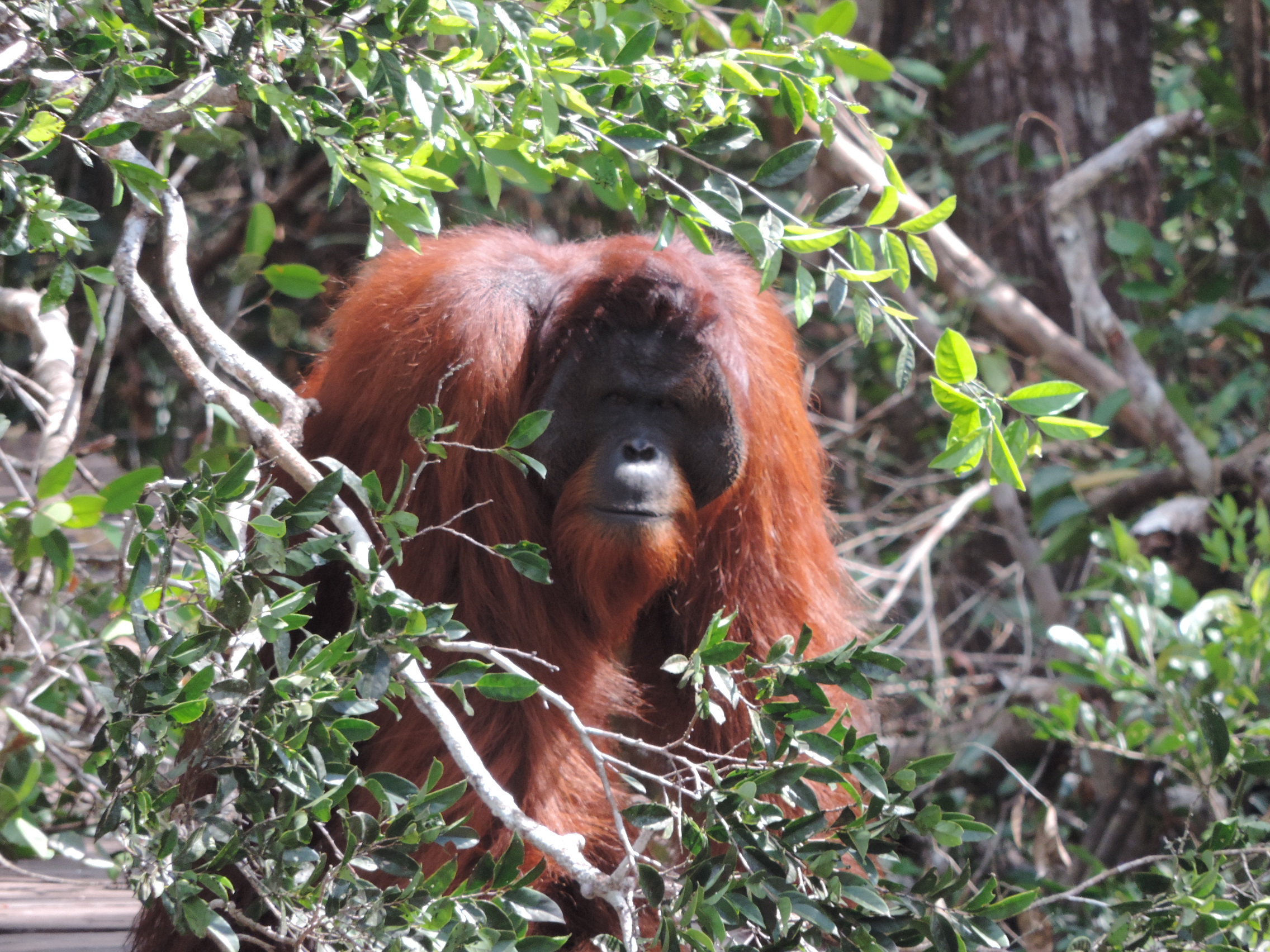
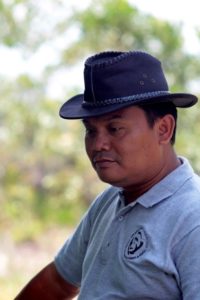
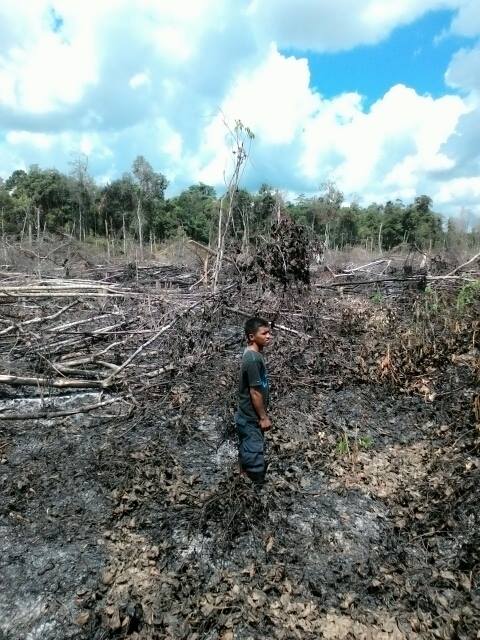
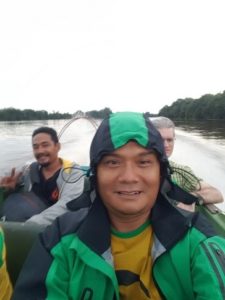

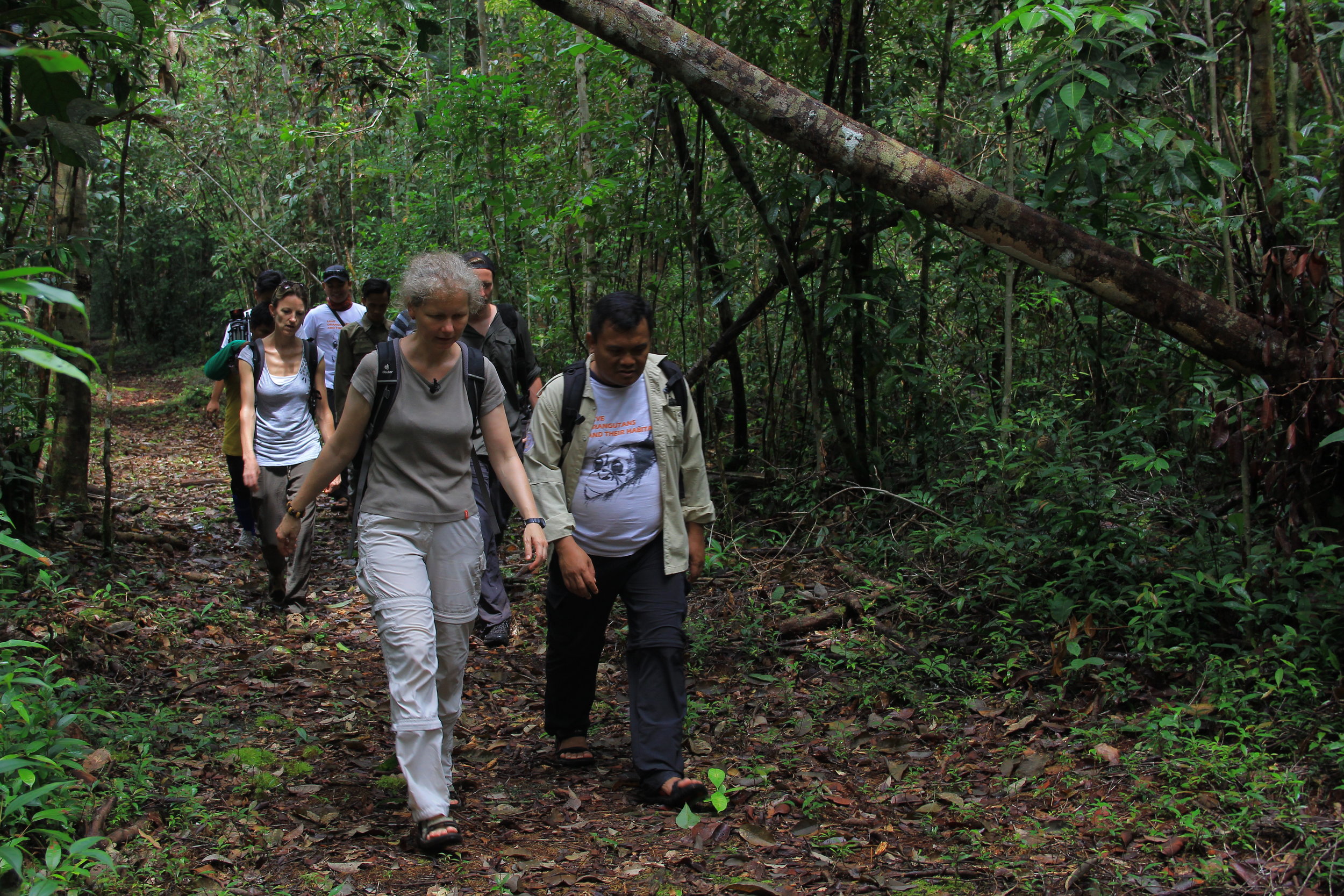
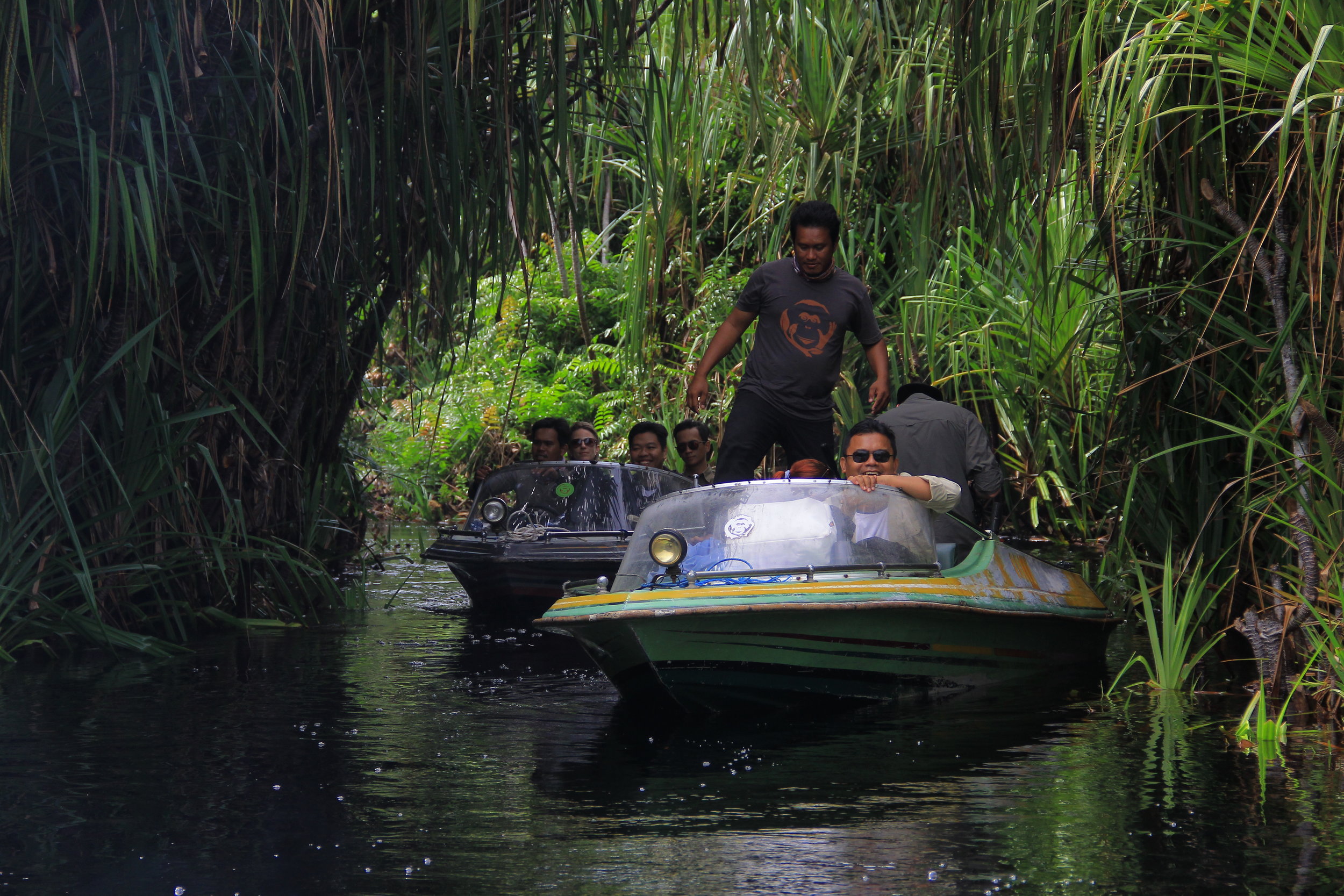
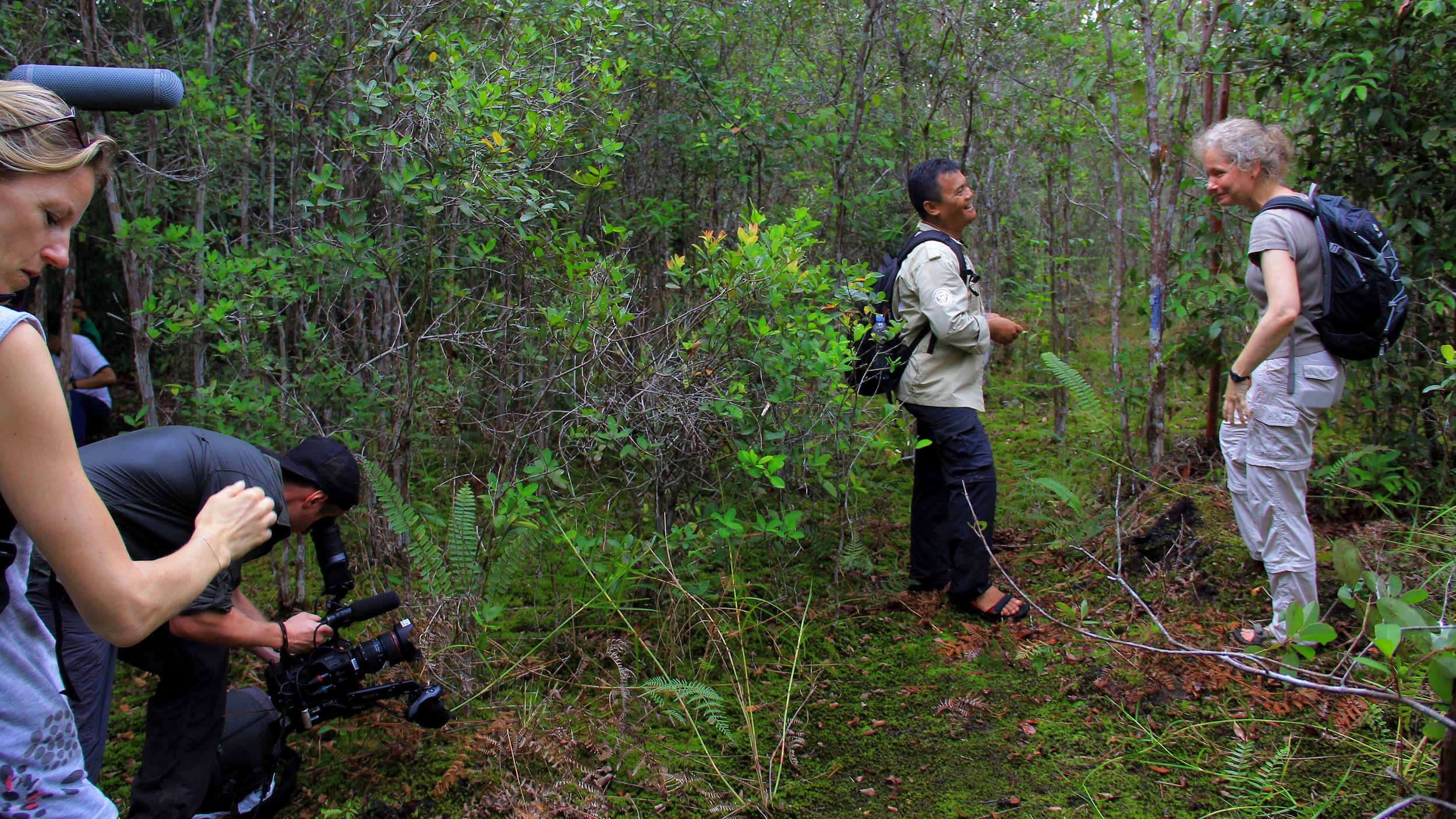
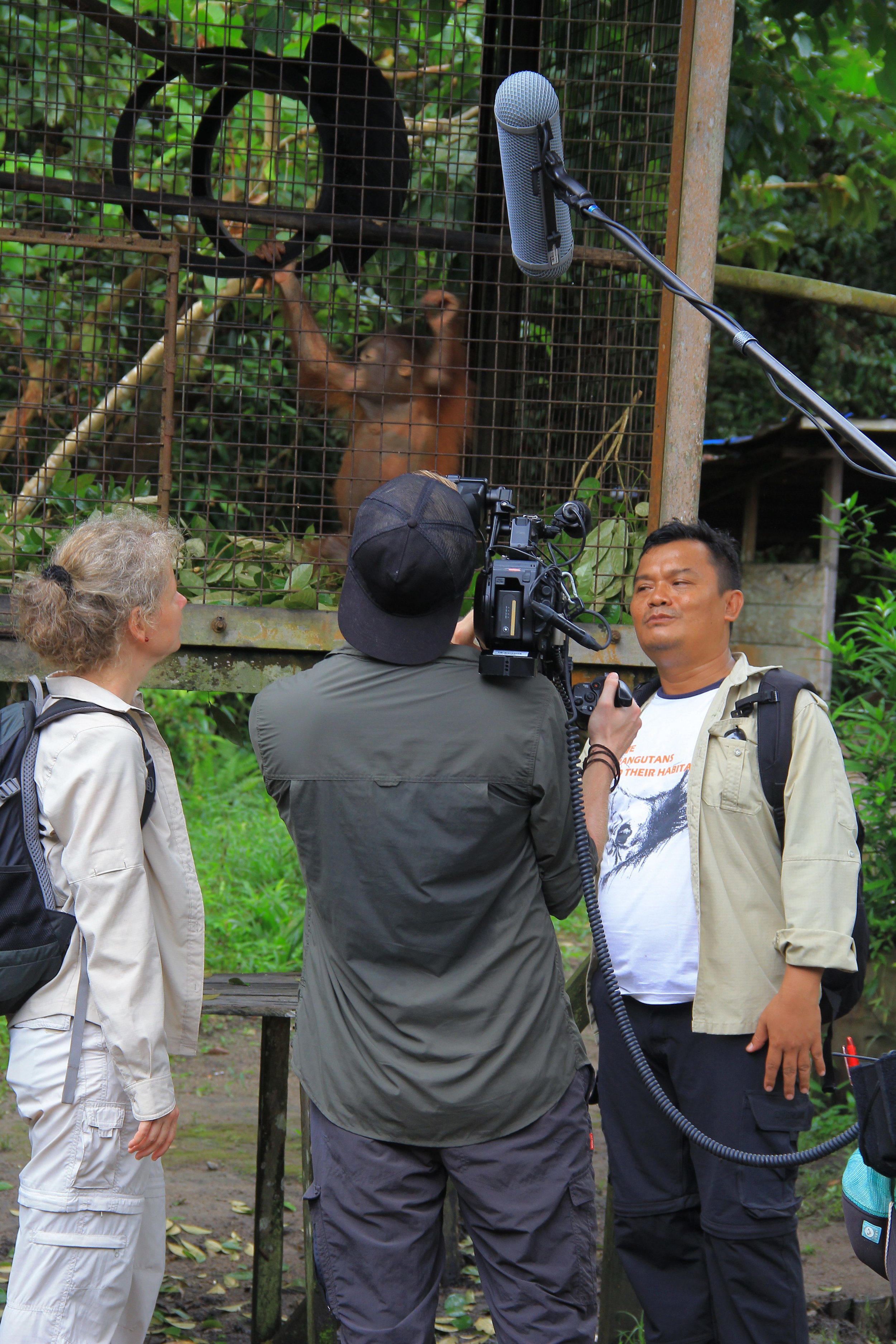

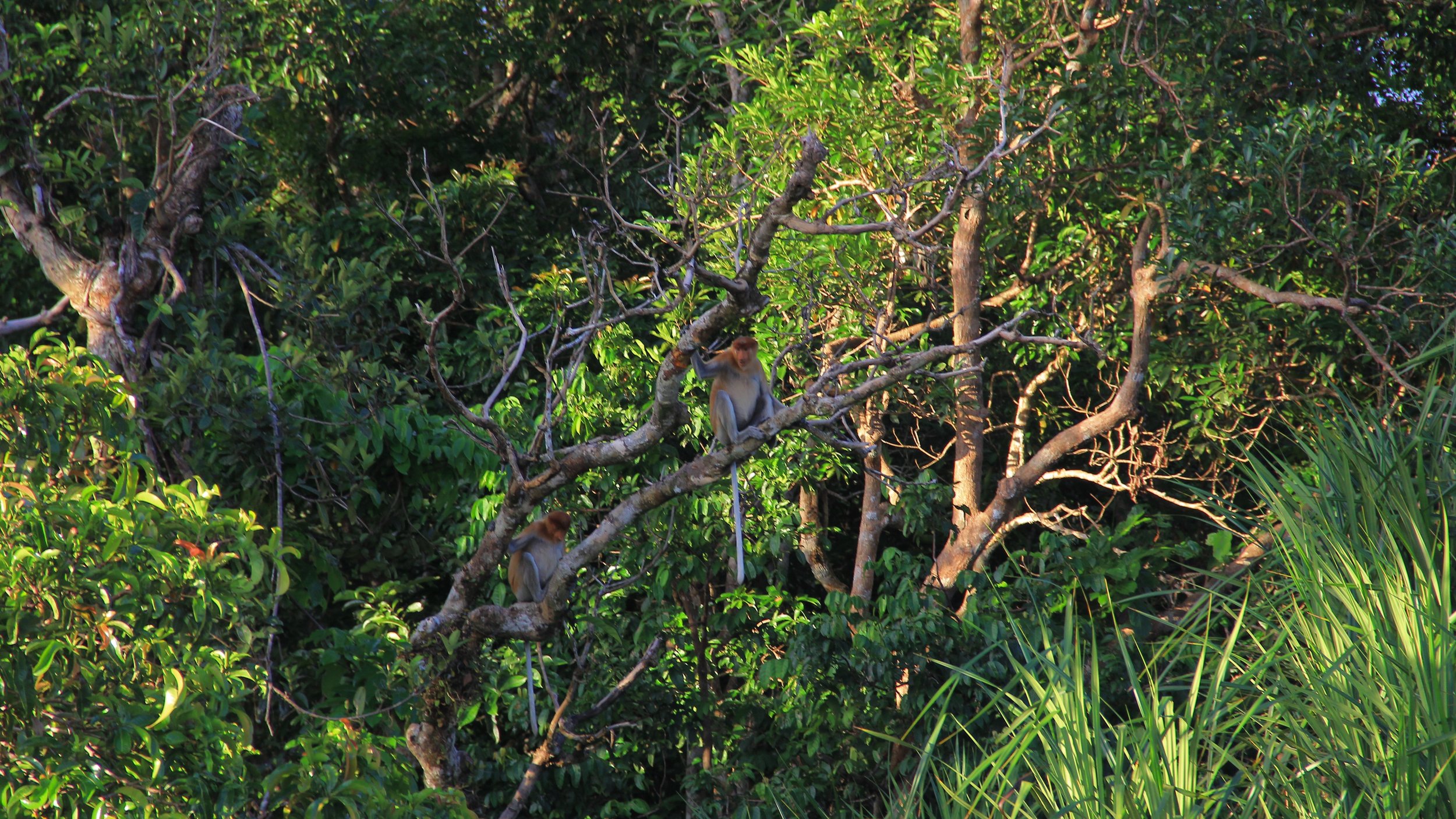
 6,000 wild Bornean orangutans live in the Belantikan region. The largest population outside of a protected area. Orangutan Foundation actively engages key stakeholders to conserve this critical tropical forest ecosystem.
6,000 wild Bornean orangutans live in the Belantikan region. The largest population outside of a protected area. Orangutan Foundation actively engages key stakeholders to conserve this critical tropical forest ecosystem.
